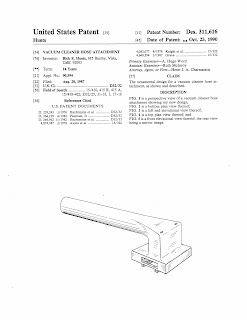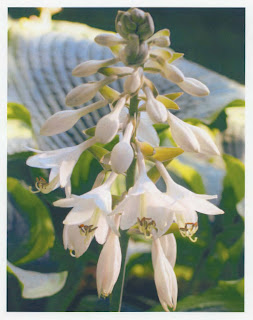In a recent conversation with my husband, I mentioned that I needed to give some of my plants a "haircut", but I wasn't sure how to accomplish it. He facetiously recommended I use a Flowbee, and I responded with something along the lines of "Duh whuh?"
He proceeded to try to explain the concept of some kind of vacuum cleaner hair cutter device to me, without the aid of visuals, in a rare moment we were both without our phones. Very little was clarified except that it was fairly well known in the 1980s, mostly through TV advertisements.
Later, once we were again fully plugged in and had phones available, he showed me a few YouTube videos--including this one I can't embed--that made sense of things, including some 80s and 90s hairstyles. Equipped with a better understanding of a Flowbee, I finally got the joke. But my mind was, of course, drawn to speculating on its IP.
 |
| The vacuum hair hero; image taken from flowbee.com |
Turns out, the guy behind the Flowbee™ has his IP locked down.
I'm telling you, not even Rice is this careful about international coverage.
 |
| Yes, it also has trademarks, and this is the official specimen on record |
There are a few other Flowbee™-related patents that were filed and granted later. These, I presume, are for improvements or new accoutrements, judging by the names "Grooming Attachment for Vacuum-Drawn Clippers", "Vacuum-Drawn Hair Clipper", and "Vacuum-Powered Hair Cutting Guide". All were filed within a few years after the initial hair clipper, but seemingly only in the US. Who knew a vacuum-enabled hair clipper could have so many improvements?
Hunts also owns a design patent in the US for the "Vacuum Cleaner Hose Attachment", D311,616.
 |
| Apparently a distinct ornamental design |
And, as it turns out, I could have used one adapted for plants, because my pruning was a mess.











